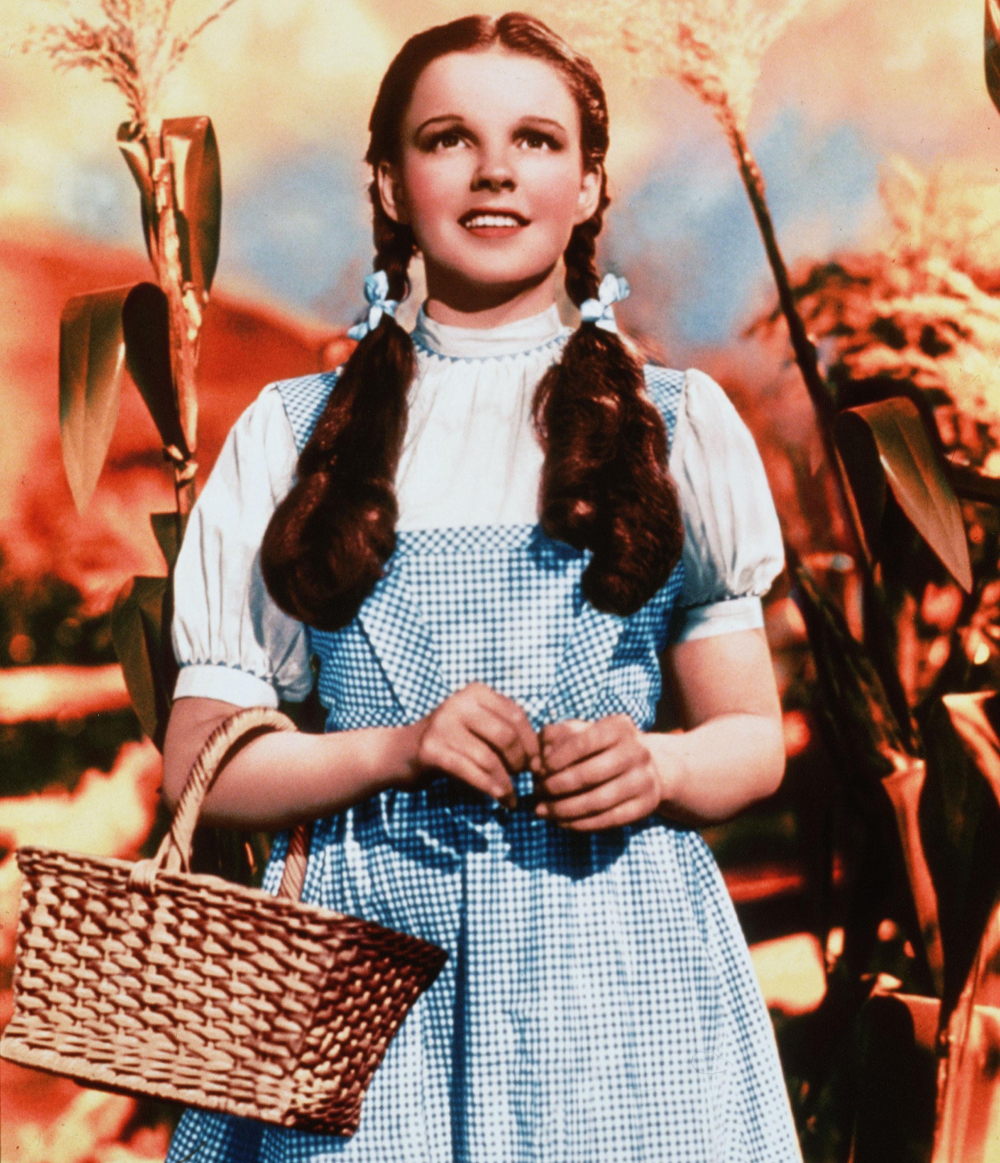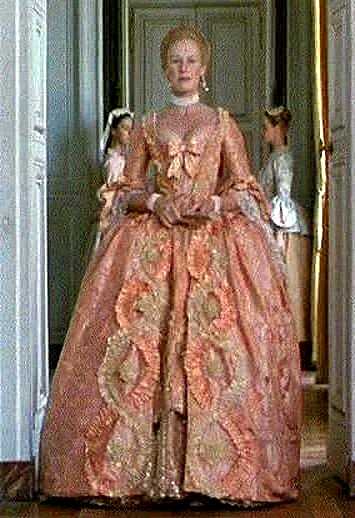Recently I saw an exhibition in London. The “
HollywoodCostume” exhibition at the Victoria and Albert museum is well worth the
entrance fee, which is admittedly a little steep, but it's a treat.
In it, of course, is a display of historical costume,
including costume from my favourite period, the mid Georgian era. This isn't an
accurate reproduction of historical costumes necessarily, it’s an evocation,
something that will appeal more to the modern viewer. The costumes included one
of the fabulous gowns worn by Glenn Close in “Dangerous Liaisons,” which did
appear to have a great deal of authenticity, but as explained in the notes, the
clothes aren’t meant to be wholly accurate. “Dangerous Liaisons” itself is
based on a novel, not on reality, and it has a story to tell, with a powerful
moral. In a scene, the exhibition notes explained, everything has to go towards
the point that the director is trying to make. So Close’s costumes were also
distancing, as her character is a cold manipulator.

They also had one of Dorothy’s dresses from “The Wizard of
Oz” and, joy of joys, a pair of her ruby slippers. When she made the film Garland was sixteen, so the dress had to take account of that when making her look younger. As well as breast
binding, the camera angles were carefully plotted to show the childlike aspect
Garland had until her dying day, and the complex tucks, gathers and shaping
disguised Judy Garland’s burgeoning womanhood. It all went towards creating the
central story, the point of the narrative, the innocent in a world of wonder.
There's a great quotation on the website:
"Movies are about people. It’s the people, the characters in the stories,
who hold our attention and who are of endless fascination to the
audience. The people are the emotional core of every movie and it’s
their story that moves us. The costume designer must know 'who' a
character is before they can design their costume. No matter the era
that the story takes place, the audience is asked to believe that the
people in the movie are real and that they had a life prior to the start
of the movie. We join our cast of characters at one moment in their
life. Everything about them must resonate true, including their clothes."
I can’t say I ever noticed that before in every scene but I should
have done. Because that’s what we do as writers.
A novelist will ensure that everything in a scene is about
that scene’s focus. So when a man is saying goodbye to his girl in a busy
railway station, the author will ensure that the urgency and poignancy is shown
up. And also the characters. If the man is truly caring, he’ll make sure his loved
one has what she needs—even mundane things like a drink or a newspaper. But a
passionate, heartbroken lover might forget. He might lose his temper at the
people jostling past. What the author won’t do is lose focus by going into
irrelevant details about the other passengers, or the way the train looks. It will
all relate back to the central point—that the lovers are parting. So the dirt
on the train reminds him of the rainy day, so he can weep without anyone seeing
him.
What film makers do visually, writers have to do with the
words on the page. Anything that drags the reader out of the moment has to go. So
word repetition can make a reader think, “hang on a minute, didn’t I read “pandemonium”
in the last paragraph?” has to go unless it’s a deliberate echo. Descriptions should
be relevant. A writer who starts a scene with a huge chunk of passive
description, that is, description that has nothing to do with the characters or
their dilemma, stands in danger of losing the reader. So does the writer who
uses “talking heads,” where the characters are talking in a vacuum, and nothing
around them is described.
Of course there are exceptions. A skilled writer can get
away with almost anything, and repetition has a value of its own. But that’s
all for us to know and you, the reader, to enjoy. It’s why many writers can’t
immerse themselves in books any more. Why a friend of mine, who studied film,
finds it really hard just to relax into a movie. He has to be always looking
for the good bits, and the bits the director failed to do right. It has to be
relearned.
I review books for a blog, and I’ve had to relearn reading,
to a certain extent, because I’m reviewing for the reader, not for the writer. While
reviews are great for the writer, it’s the reader, the person who is paying for
the right to read the book, who really matters. And I’ve learned to read all
over again, to read for pleasure.
It’s a hard lesson, but well worth it. I started my writing
career because I read so much. It’s my first love. It will probably be my last.
Lynne Connolly
http://lynneconnolly.com



















